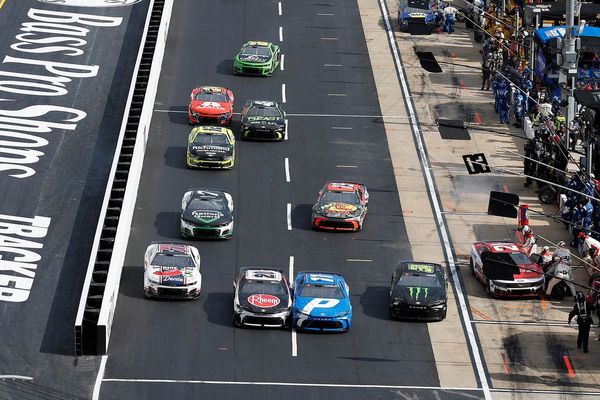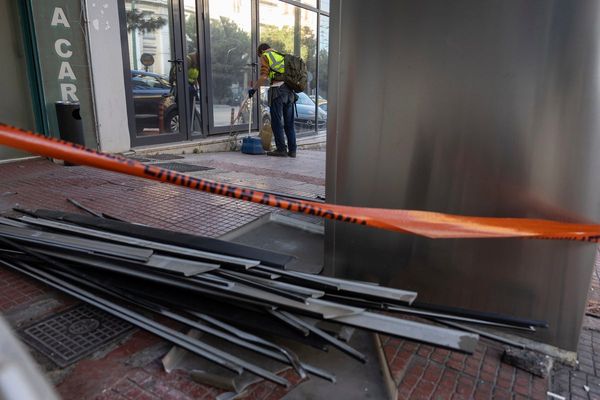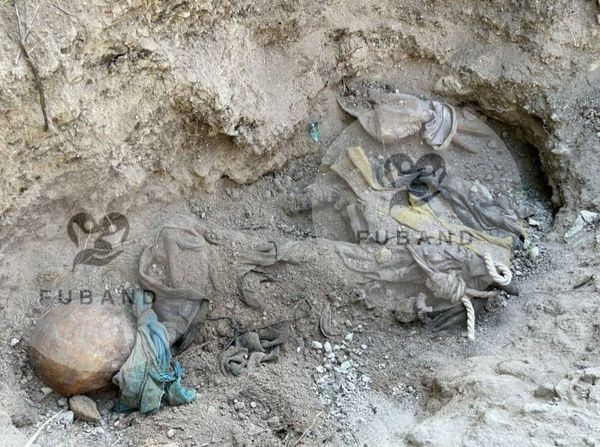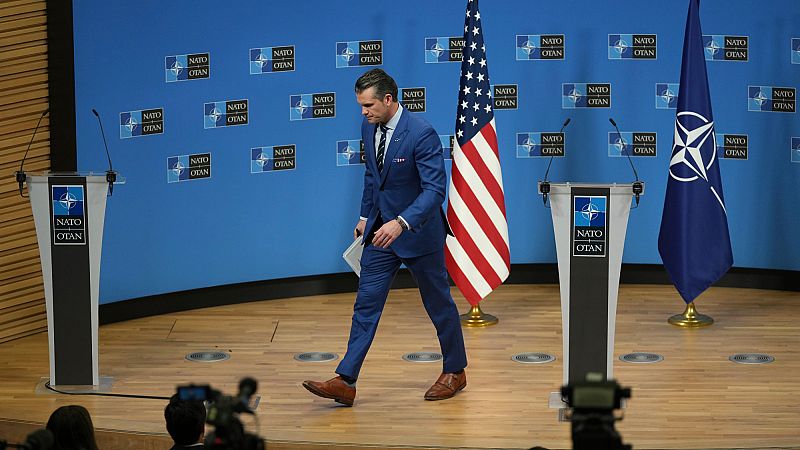
Allies at NATO meet in Brussels on Thursday but are questioning the level of commitment this US administration has for the transatlantic alliance set up to counter the threat of the Soviet empire, despite protestations to the contrary by US Secretary of State Marco Rubio and Nato Secretary General Mark Rutte.
Western defence ministers co-hosted by France and the UK from the so-called 'Coalition of the Willing’ are meeting at NATO HQ to discuss the potential for military engagement and logistical support for a multi-national "reassurance force" to be used as a safeguard should a ceasefire or peace agreement be brokered for Ukraine.
But the US will not attend the gathering of 30-strong nations to discuss how the capabilities of each nation can be best used in supporting Ukraine’s "long-term defence and security".
And on Friday, the UK and Germany will again chair the Ukraine Defence Contact Group – (UDCG) also known as the 'Ramstein Group' of 57 countries militarily supporting Ukraine – which includes the 32 NATO members plus 25 others.
From its inception, the group was led by the US; under former Defense Secretary Lloyd Austin, during the Biden Administration.
But since his appointment, successor Pete Hegseth has never chaired it and won't even attend Friday's meeting although the US will send a representative. Western sources are reluctant to say whether the US has permanently relieved itself of the role, but nevertheless it is undoubtedly a reflection of a new strategic approach, some admit.
The administration's diminished support for the UDCG "by telling the Europeans 'here, you take charge' in such a crude fashion, is not just a style, but also a signal of a change in strategic concept that puts Europe in secondary position", a source familiar with the situation told Euronews.
"It's clear there's a cultural bias against Europe within the administration – the tariffs speak to that, but so does the language used by Hegseth and Vance in the Signal group, describing Europeans as freeloaders and so on," the source said.
"They're dismissive and contemptuous of Europe, and unfortunately that sentiment is deeply embedded in this team, it's worrisome what this could mean for the alliance," the source added.
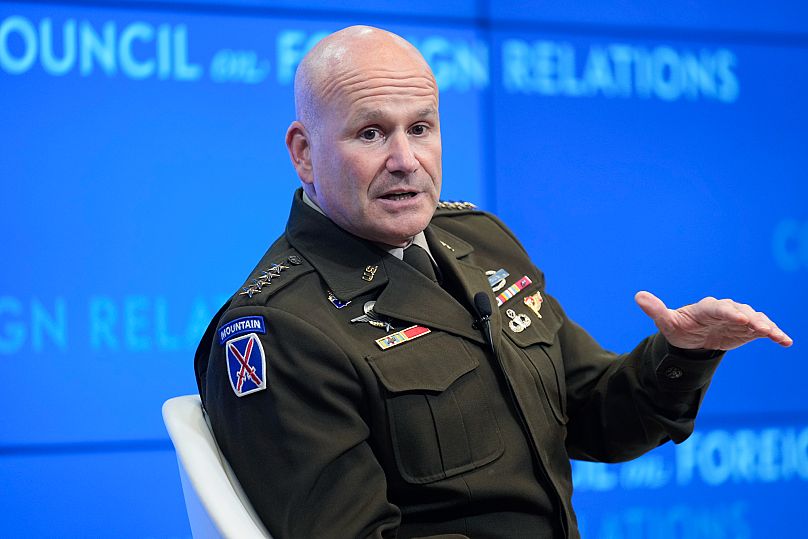
US Secretary of State Marco Rubio attempted to quell some of the concerns percolating among NATO countries when he attended a foreign minister's summit last week, dismissing it all as "hyperbole".
"The United States is in NATO, as we speak the United States is as active in NATO as it's ever been," he said.
"And some of this hysteria and hyperbole I see in the global media and some in the United States is unwarranted," he told reporters on his first trip to NATO HQ.
But suspicions run deep, and several diplomats from the Western alliance have admitted they're bracing themselves for a drawdown of at least 10,000 but up to 50,000 US troops from Europe as part of the US new strategic pivot to the Indo Pacific.
Adding to the jitters in Europe are unsubstantiated reports from US media that the administration is weighing up resiling from the pivotal military role in the NATO alliance – the Supreme Allied Commander Europe – knowns as the SACEUR – a position that has always been held by a US military general since NATO's inception. There is no suggestion that General Christopher Cavoli, the current commander of US European Command, will not be replaced by a fellow American, but the fact that it is being whispered of alone would have formerly been unthinkable.
The US has around 100,000 troops stationed mainly in central Europe. European diplomats say they expect a withdrawal of some to be announced, but fear under what conditions this would fall.
"We would expect any decision to be made as part of a process that includes discussions with allies," one diplomat said, adding: "And not as part of any agreement made with Russia."
"And for us not to hear about it in the media; that there is at least a process," this diplomat said.
NATO Secretary General Mark Rutte sought to dismiss the spectre of a troop drawdown by the US.
"There are no plans for them to all of a sudden draw down their presence here in Europe, but we know that for America being the global super power that they are they have to attend to more theatres than one; it's only logical that we have that debate," he said at the Foreign Affairs summit last week, adding: "And we've had that debate for many years."
And US Defense Secretary Pete Hegseth said similar during his inaugural trip to Europe saying "you can't make an assumption that US troops will be around forever" while in Poland last February.
But the source familiar told Euronews that it is indeed possible that there will be a US troop movement from the European continent. And the appointment on Tuesday of Elbridge Colby - a major China hawk - as the Pentagon's top advisor, will do little or nothing to quell the speculation.
Colby was an advisor in the last Trump White House and has strongly argued in the past that the US needs to take troops from Europe and send them east.
"It's credible to me that there could be an erratic change of troop levels," the source said.
"Part of having SACEUR [in US hands] was symbolism regarding the US support of Europe and the fight against the Soviet Union, but it also deals with nuclear umbrella, so these rumours are a worrisome sign," the source added.
The fact that the current SACEUR has added his voice to those concerns will not calm nerves in Brussels. Last week Cavoli, testifying in the US Senate, said it would be “problematic” if the US steps down from its leadership role commanding NATO forces in Europe.

